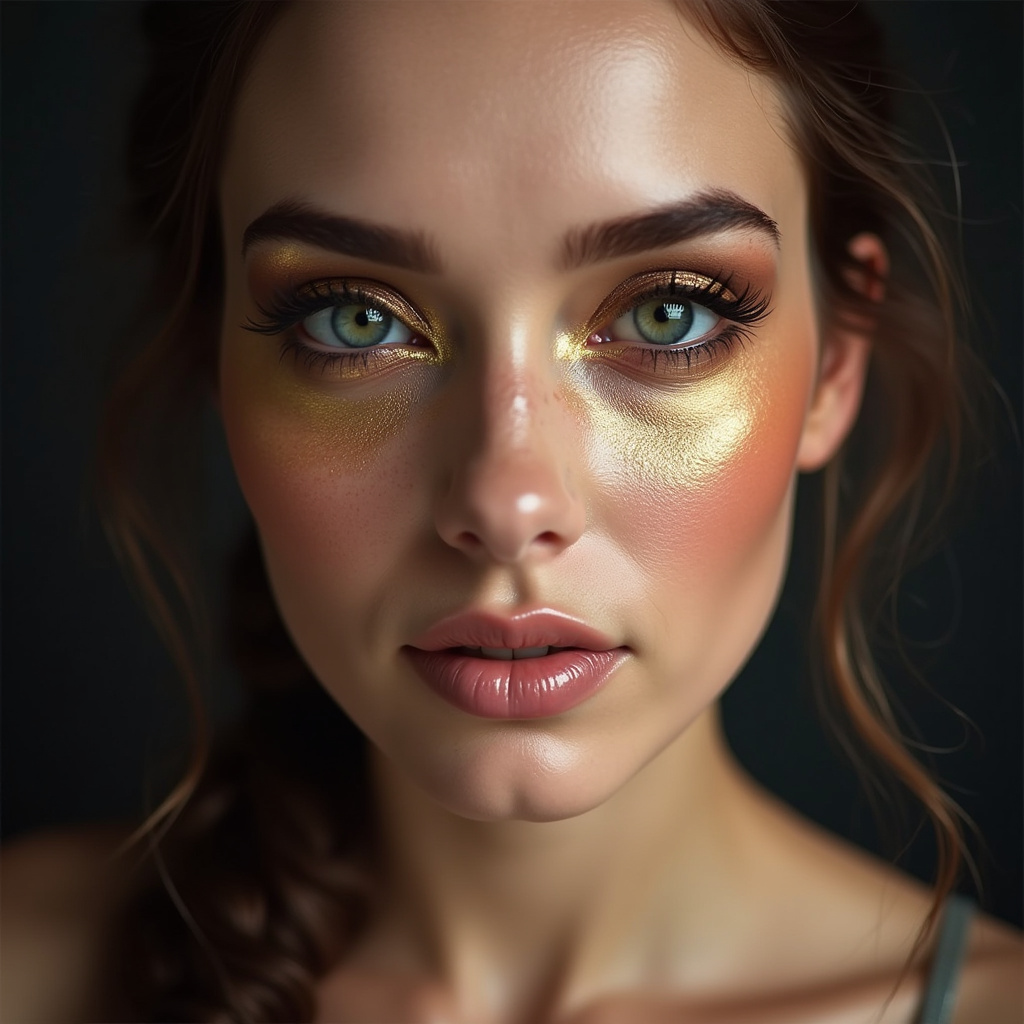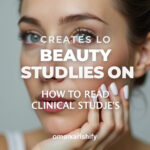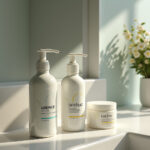Introduction
Makeup has been an essential part of human culture for thousands of years. From ancient civilizations to the latest trends in beauty, the use of cosmetics has evolved significantly. In this article, we will explore the fascinating journey of makeup, examining its historical practices and how modern innovations have transformed the beauty industry.
Ancient Beginnings
The history of makeup dates back to ancient Egypt, where both men and women used cosmetics to enhance their appearance. The Egyptians are known for their use of kohl, a dark powder made from lead sulfide, to line their eyes. This not only served an aesthetic purpose but also protected their eyes from the sun’s glare and warded off infections.
Similarly, in ancient Greece and Rome, beauty standards were highly regarded. Greeks used white lead to lighten their skin, while Roman women adorned themselves with a variety of pigments made from natural sources like berries and minerals. These early practices laid the groundwork for the development of makeup as an art form.
The Middle Ages to the Renaissance
During the Middle Ages, the perception of beauty began to shift. Pale skin became a symbol of wealth and status, leading to the use of lead-based powders that were, unfortunately, toxic. Despite the health risks, women continued to use these products to achieve the desired look.
The Renaissance marked a significant change in makeup practices. Artists like Botticelli and Raphael depicted women with a more natural beauty, leading to a decline in the use of harsh cosmetics. Instead, women began to focus on skincare, using oils and creams to achieve a glowing complexion. This period emphasized the importance of health and well-being over artificial enhancement.
The 18th and 19th Centuries: A Time of Change
The 18th century saw a return to extravagant makeup, particularly in France. The use of powder, rouge, and elaborate beauty patches became popular among the aristocracy. However, the 19th century introduced a more natural approach to beauty, largely influenced by the industrial revolution. Innovations in chemistry led to the creation of safer, more effective cosmetics.
During this time, products like mascara and lipstick began to emerge in the market, with brands like Maybelline paving the way for modern makeup. The concept of beauty became more accessible, and makeup started to be marketed to the general public rather than just the elite.
The 20th Century: Modern Makeup Takes Shape
The 20th century was a transformative period for makeup. The introduction of new materials and technologies revolutionized the beauty industry. The 1920s brought about the flapper era, where bold makeup became a symbol of liberation. Women started to embrace bold lip colors and dramatic eye makeup, reflecting their newfound independence.
As the century progressed, the rise of Hollywood significantly influenced makeup trends. Icons like Marilyn Monroe and Audrey Hepburn set beauty standards that are still admired today. The mid-20th century saw the launch of many iconic makeup brands, including Revlon and Estee Lauder, which made cosmetics more accessible to women worldwide.
The 21st Century: Innovations and Inclusivity
Today, makeup has become a form of self-expression that embraces diversity and individuality. The 21st century has witnessed a surge in inclusivity, with brands expanding their product lines to cater to all skin tones, types, and preferences. This shift has empowered consumers to embrace their unique beauty.
Moreover, technological advancements have led to innovative products such as long-lasting foundations, cruelty-free cosmetics, and eco-friendly packaging. The rise of social media has also played a crucial role in shaping trends and allowing for greater community engagement in the beauty industry.
Conclusion
The evolution of makeup is a testament to the changing perceptions of beauty and self-expression throughout history. From the ancient practices of Egyptians to the modern innovations of today, makeup has continually adapted to reflect societal values and technological advancements. As we move forward, it will be exciting to see how the beauty industry continues to evolve, embracing diversity and innovation, while always celebrating the art of makeup.




